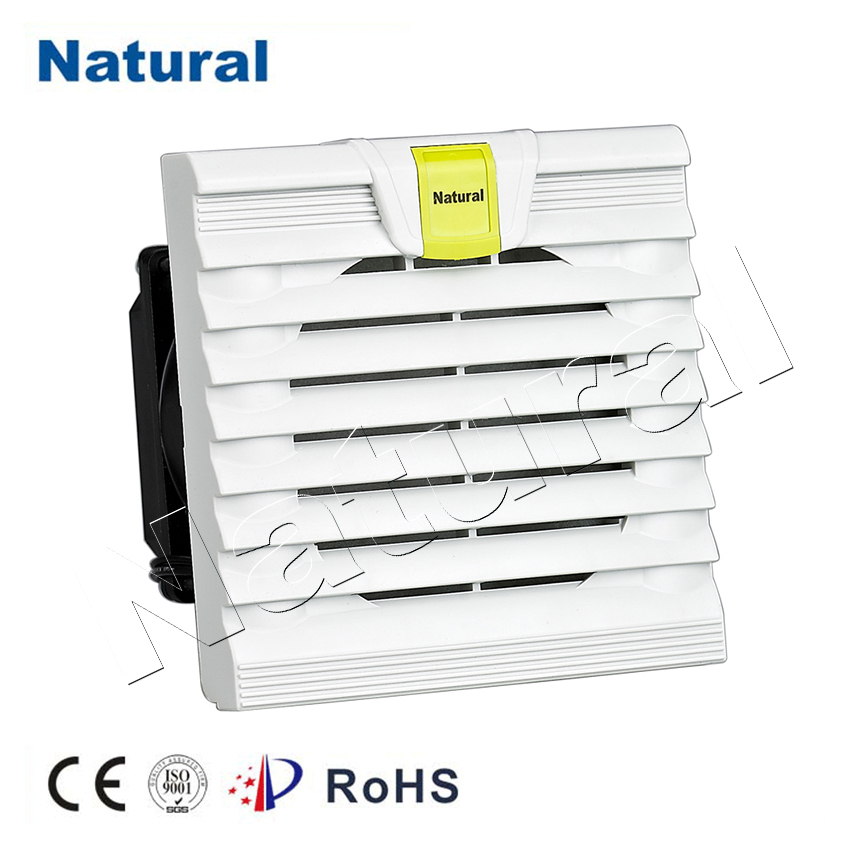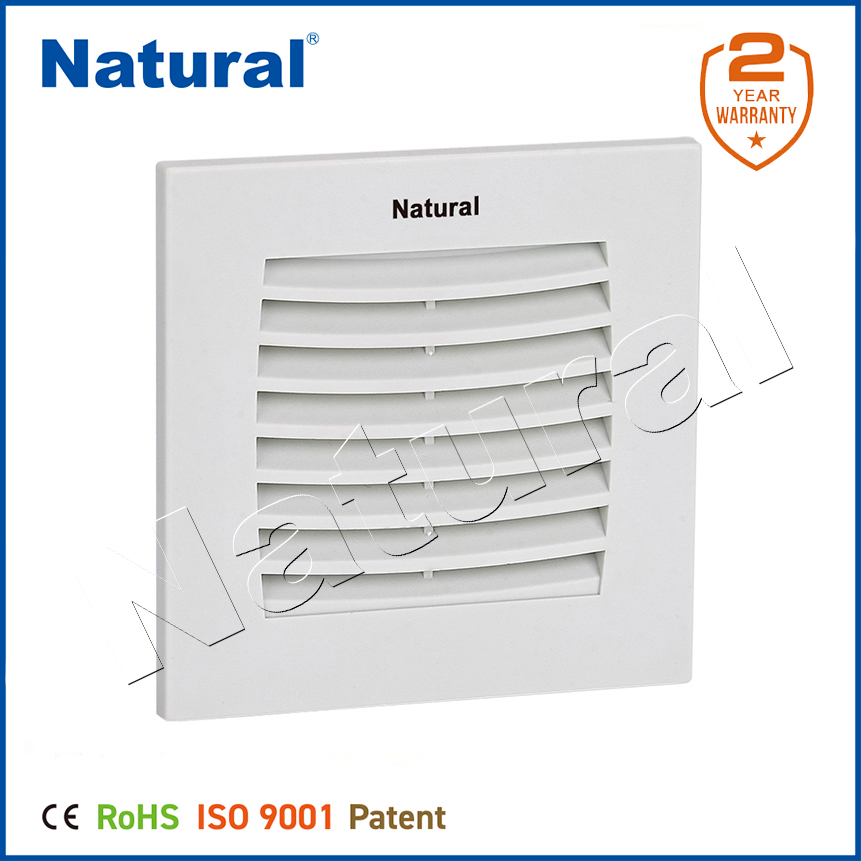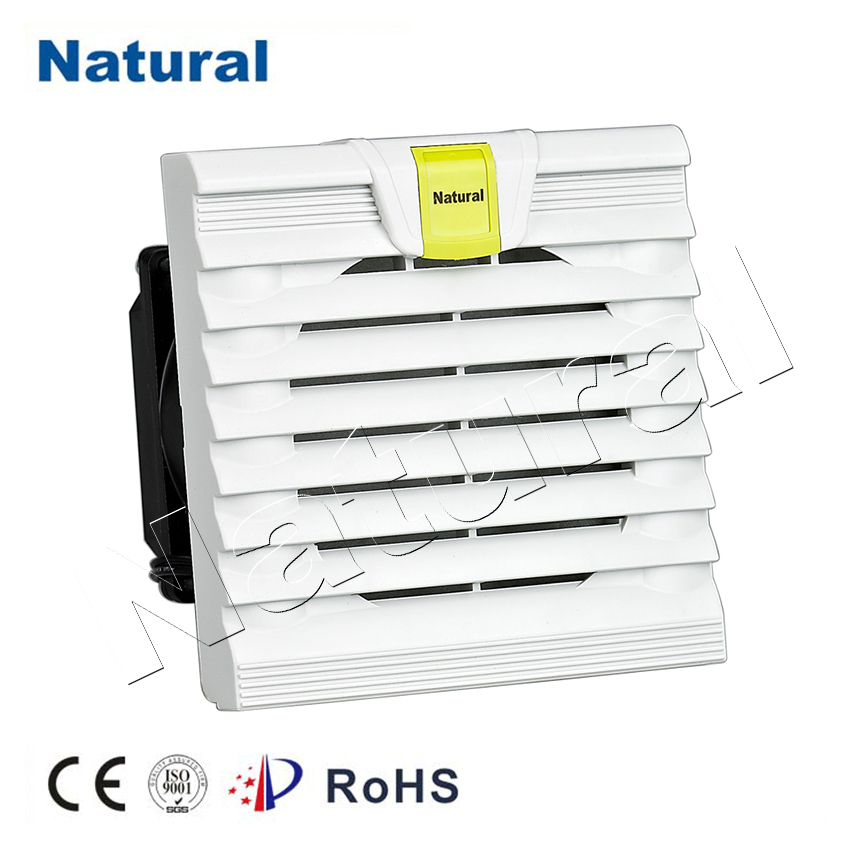In the world of electronics, maintaining an optimal temperature and cleanliness is crucial to ensure the longevity and performance of sensitive equipment. As the demand for more powerful and compact devices grows, so does the need for effective cooling and dust control mechanisms. Two vital components that help achieve this are the cabinet fan and the filter fan. These fans play a pivotal role in electronic enclosures, particularly in environments like industrial controls, server rooms, and automated systems. Understanding the functioning and benefits of both types of fans is essential for making informed decisions regarding cooling solutions.

Cabinet Fan: The Basic Cooling Mechanism

A cabinet fan is a device specifically designed to regulate the temperature inside an enclosed electronic system, often referred to as a cabinet or a rack. These fans are essential for creating proper airflow, which helps in cooling down electronic components that generate heat during operation. The cabinet fan works by drawing in cool air from the environment and expelling the warm air that accumulates inside the cabinet. These fans come in a variety of sizes, airflow capacities, and noise levels to cater to different equipment needs. They can be installed on the top, side, or rear of the cabinet, ensuring efficient heat dissipation. The main purpose of a cabinet fan is to maintain a consistent temperature within the acceptable range, preventing overheating, which could otherwise lead to equipment failure or a reduction in lifespan.
